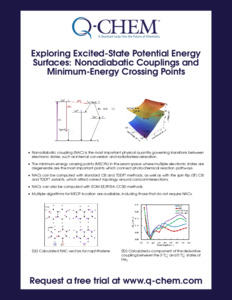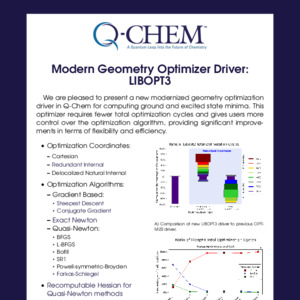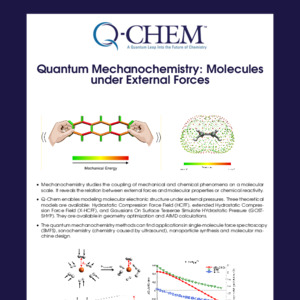Exploring Excited-State Potential Energy Surfaces: Nonadiabatic Couplings and Minimum-Energy Crossing Points
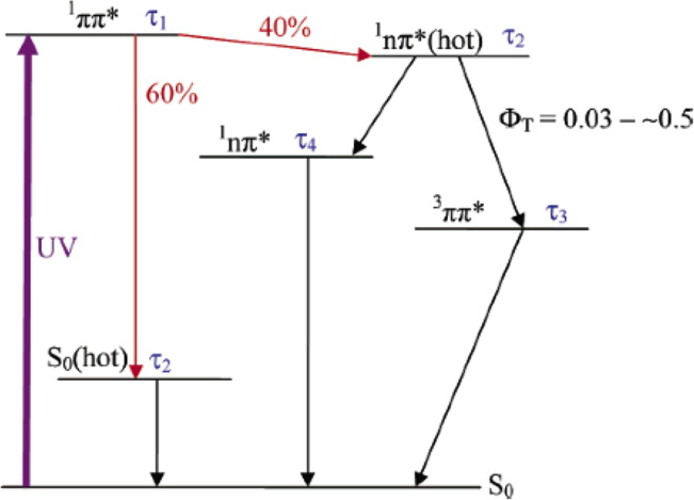
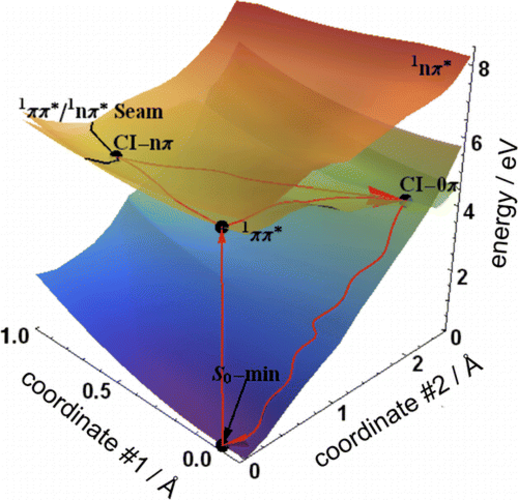
-
Nonadiabatic coupling (NAC) is the most important physical quantity governing transitions between electronic states, such as internal conversion and radiationless relaxation.
-
The minimum-energy crossing points (MECPs) in the seam space where multiple electronic states are degenerate are the most important points which connect photochemical reaction pathways.
-
NACs can be computed with standard CIS and TDDFT methods, as well as with the spin-flip (SF) CIS and TDDFT variants, which afford correct topology around conical intersections.
-
NACs can also be computed with EOM-EE/IP/EA-CCSD methods.
-
Multiple algorithms for MECP location are available, including those that do not require NACs.
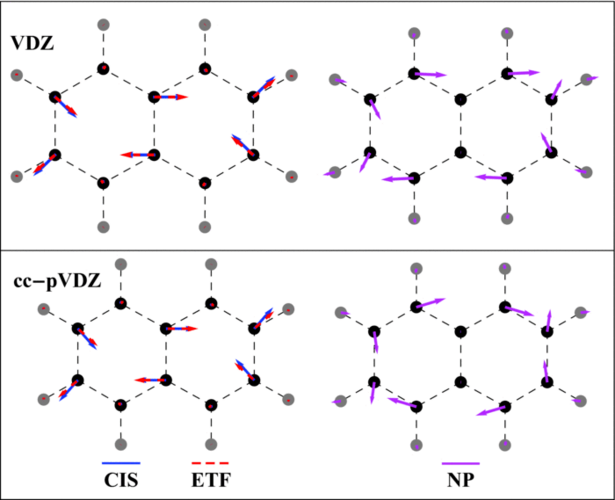 Calculated NAC vectors for naphthalene
Calculated NAC vectors for naphthalene
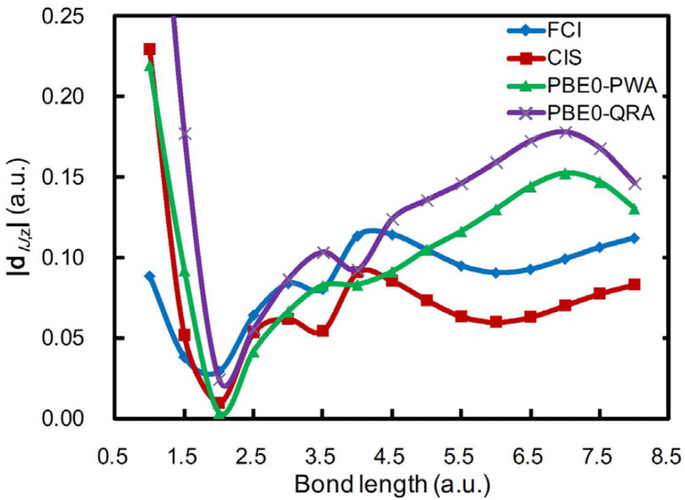 Calculated z-component of the derivative coupling between the 3\(^1\Sigma_g^+\) and 5\(^1\Sigma_g^+\) states of He\(_2\)
Calculated z-component of the derivative coupling between the 3\(^1\Sigma_g^+\) and 5\(^1\Sigma_g^+\) states of He\(_2\)
Want to try Q-Chem?
